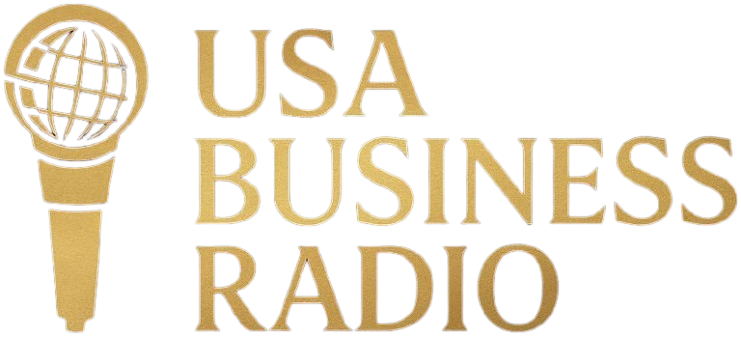The Federal Reserve announced today that it has cut its benchmark interest rate by a quarter percentage point, lowering the federal funds rate to a target range of 4.00% to 4.25%. The move comes as the central bank seeks to address a labor market that shows signs of softening while still keeping inflation in check.
Chair Jerome Powell described the decision as a “risk management” measure, reflecting a shift in priorities. The Fed’s statement noted slowing job growth and a modest uptick in unemployment, while inflation remains above the 2% goal. The combination has raised questions about whether the central bank can successfully navigate a soft landing.
Markets had widely anticipated a cut, though not all policymakers agreed on the scale. Fed Governor Stephen Miran dissented, favoring a larger 50-basis-point reduction. His stance highlights ongoing debate within the central bank about how much easing is appropriate at a time when economic signals remain mixed.
The updated projections released alongside the decision show slightly slower growth forecasts and recognition that risks to employment are increasing. Still, the Fed signaled that its balance sheet reduction program will continue, trimming its holdings of Treasury and mortgage-backed securities even as it begins to lower rates.
For businesses, the implications are two-fold. Lower borrowing costs could encourage expansion, capital investment, and hiring. Yet persistent inflationary pressures remain, potentially affecting input costs and wage negotiations. Consumers may see gradual relief on loans and credit cards, while savers could face declining yields.
The cut represents the first policy shift of the year and raises expectations about further adjustments before 2025 ends. Powell emphasized that future decisions will be guided by incoming data, leaving markets to parse every jobs report and inflation release for clues.
For business leaders and investors, today’s move underscores the delicate balancing act between sustaining growth and maintaining price stability. The Fed’s decision signals that it is increasingly concerned with downside risks to employment, even as inflation has yet to fully settle.




